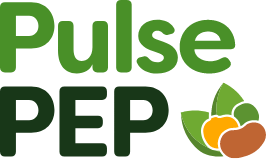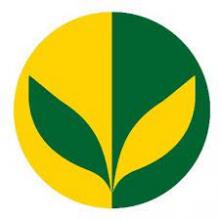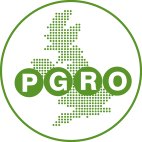Damage
Grubs feed in field beans and when adult beetles emerge they leave a circular hole in the seed. High levels of damage or infestation mean that beans are not acceptable for human consumption in the export trade. The bean seed beetle, Bruchus rufimanus, is now widespread in all varieties of winter and spring field beans and also broad beans, in many parts of the UK (but more in the South East). Adults fly to beans from overwintering sites during May and June and lay eggs on developing pods. Egg laying is concentrated on pods set on the lower third of the plant. Many beetles emerge before harvest but emergence often also takes place in store.
Management recommendations
Spray timing is critical. Based upon the simple criteria of pods being present, and the temperature having reached at least 20 oC on two consecutive days, beans are at risk from bruchid beetle attack. A spray is recommended if adults are found in crop when this temperature threshold is exceeded. A second spray should be made 7-10 days later. Lambda-cyhalothrin products such as 'Hallmark' are available for use during flowering under Extension of Authorisation for Minor Uses. If the spray is applied through angled nozzles or twin caps angled both ways using a medium spray quality, control is significantly improved. Insecticide should be applied in the early morning or evening to avoid direct contact with bees.
BruchidCast is designed to aid the timing of insecticide applications by giving up to five-day advance warning of periods of peak pest activity by post code area.
Recent trials conducted by PGRO suggest that delayed drilling of beans can reduce bruchid risk.
The information on this page comes from Croprotect which is sponsored by the BBSRC NERC Sustainable Agriculture Research & Innovation Club







